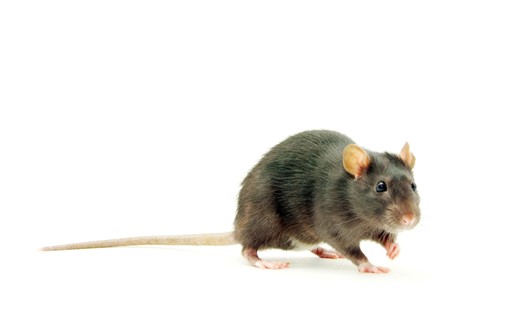Generating clinically relevant mouse models with full-length human genes
A novel gene replacement method to incorporate full length human genes into mice resulting in more accurate and complete animal models of disease.

Applications
- Generating animal models for medical research
- Non-coding DNA research
Key Benefits & Differentiators
- More accurate animal model: Incorporation of full length human genes into mice (including non-coding and regulatory elements) increases contextual relevance and predictive power of translational studies.
- Systematic protocol: Creative use of genetic engineering tools and selection markers streamlines the process, saves time and minimizes troubleshooting.
A more relevant animal model
Mouse models are routinely used to research underlying mechanisms of human diseases and assess therapeutic approaches. Despite their extensive use, mouse models have been scrutinized for their inability to accurately recapitulate disease and to predict the translation of findings to humans. Researchers in the Koob Laboratory at the University of Minnesota have developed a gene replacement (GR) method to create mice that more accurately mimic human disease states. Mice made with this GR method have an entire human gene (including the non-coding regions) precisely replacing the whole endogenous gene. There are currently no other similarly modified animals. These genetically modified animals allow researchers to evaluate the impact of pathogenic mutations within the context of the human genomic sequence they occur in and for screening for potentially therapeutic compounds.
Providing more genetic context
Most molecular genetic tools to date are best suited to working with relatively small pieces of DNA. Because of this, most currently available mouse models only have very simplified cDNA versions of pathologically relevant genes incorporated into their genomes. Unfortunately, cDNA excludes the lesser-understood non-coding portions of genes, which in fact make up a larger portion of our genetic content and can contribute to pathologies. Dr. Koob developed a systematic approach that worked around the limitations of genetic tools and facilitated the integration of full-length human genes into mice. The resulting mouse lines contain all of the potential human therapeutic targets ranging from the full genomic DNA sequences to all of the RNA transcript variants and protein products that they encode. More than a theoretical approach, this method has been validated by the creation of two separate mouse models for two distinct genetic-based diseases.
Phase of Development
TRL: 3-4In vivo proof of concept. Complete replacement of mouse Mapt and Tcf gene locus with human MAPT and TCF4 genes respectively.
Desired Partnerships
This technology is now available for:- License
- Sponsored research
- Co-development
Please contact our office to share your business’ needs and learn more.
Press Releases
Publisher Name Publication DateResearchers
- Michael Koob, Ph.D. Associate Professor, Department of Laboratory Medicine and Pathology
- Kellie Benzow, Scientist, Department of Laboratory Medicine and Pathology